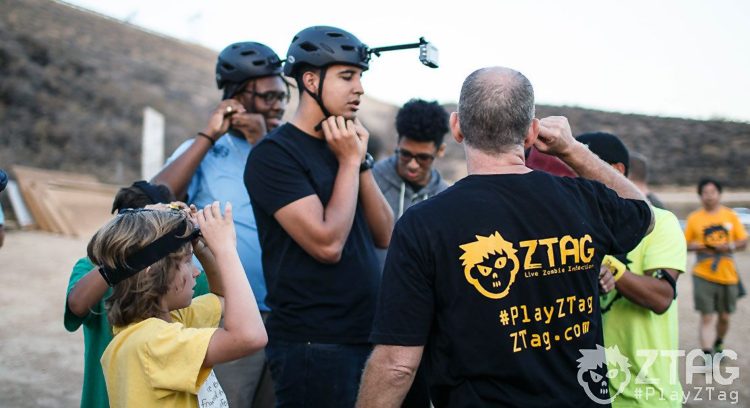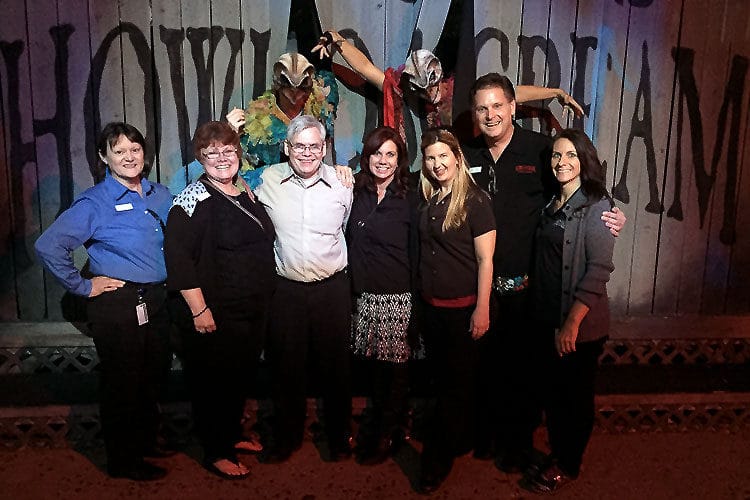By Quan Gan, Edited by Staff
What follows is a summary of Quan Gan’s keynote given at the 2017 Haunted Attraction Symposium, the theme for which was ‘Innovation in Interactivity.’ This symposium, sponsored by the Haunted Attraction Network and Gantom Lighting & Controls, featured six keynote talks, each themed on a different aspect of interactivity.
Allow this article and the other five in this issue of The Haunt Journal to inspire your team toward new levels of interactivity.
Merging technology into attractions is essential for interactivity. However, that merging of technology is often poorly executed. In his keynote presentation, Quan Gan of Gantom Lighting & Controls discussed the three essential elements of technology integration and proposed a more integrated approach to the future of attraction design.
“I’m here to talk about the role of technology when it comes to interactive experiences. Technology has been evolving at a very rapid pace, and this evolutionary speed is increasing every day. What does this mean when we’re approaching this singularity of technological advancement? As attraction professionals, how do we keep up with all this? What’s the next step? Through my experience, I’ve come up with a couple of observations, and I want to start by giving you three recommendations,” he said.
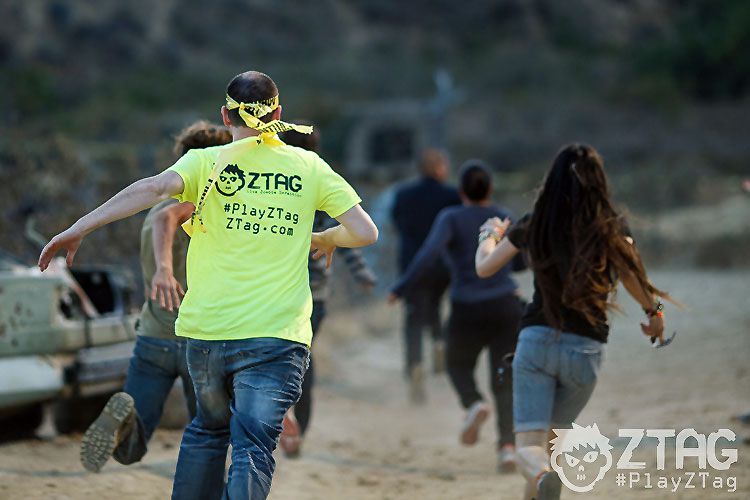
First Essential Element of Technology Integration: Think Outside the Screen
“The first one is to think, literally, outside the box. When I say box, I mean the screens on your cell phones. Much of the recent development in entertainment technology focuses on the visual sense—VR, AR, mixed reality, projectors—a great deal of which involves innovation in screen technology. There’s a good reason for that; Vision is our primary sense. It gets the highest amount of bandwidth regarding data in your brain. It’s hard to think of a new major attraction that doesn’t have some heavy dose of screen media. Ripping up all your tracks is a much more difficult challenge than changing the IP on something and loading new content,” Gan stated.
“While screens have enabled us to do new things and given us superpowers (communicating with anyone on this planet), we’re starting to become overly dependent on these devices. There’s a chemical reward mechanism biologically programmed into our brains. I think modern technology has found a quantifiable way to exploit this mechanism and also influence us to do certain things. For example, when you get a notification on your cell phone, there’s that urge you feel to check what it is,” he observed.
“I argue that while we hear that devices are connecting us more and more, they’re separating us, human to human. If you look at social media, it’s an abstraction of who we are. We take our egos and project them into this polished-up profile, and we look at other people through the same type of distortion. When you’re communicating with someone and have this medium between you, you’re not truly communicating. True communication is face to face.”
Gan continued, “So, what does this all mean when it comes to an attraction? We need to focus on other senses and other ways to interact with each other. We need to look beyond the screen. A lot of the examples shown today are amazing and prove this point. Immersive theater and escape rooms are platforms that bring people together, physically.”
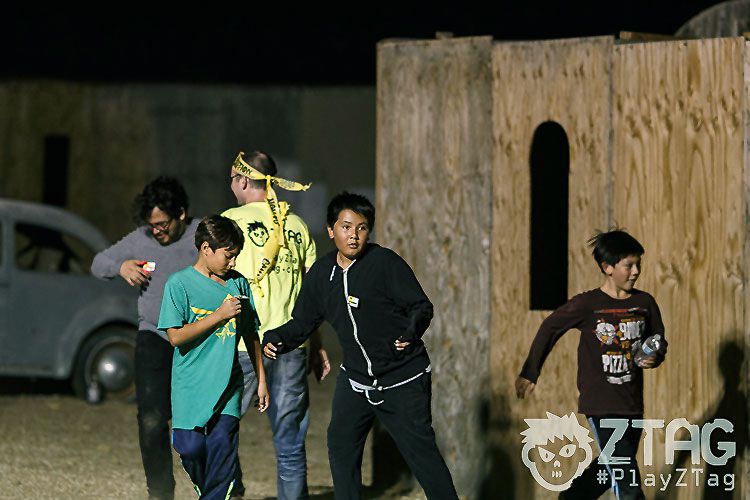
Second Recommendation: The Technology Should Be Invisible
“The second recommendation I have is you shouldn’t notice the technology. Technology, when it comes to interactivity, should be integral to the experience. When it’s done right, it’s invisible and there to support the story,” he noted.
“Sometimes, this is challenging for me as a technologist. We’re proud of the technology we’ve created, and we kind of flip this upside down and try to make the story fit the technology. As Scott mentioned, if we force something that isn’t supported by the story, it feels awkward and out of place. The important thing is for the technology to support the story so the guest can suspend disbelief. If you don’t do it this way, technology becomes a gimmick, and it’s only novel to a certain point.”
Gan gave an example of technology done right—the ‘Harry Potter and the Forbidden Journey’ ride. “For those of you who haven’t been on it, this is a technological feat. Several fields of engineering came together to make this happen, to make you feel like you’re part of this flying Harry Potter experience. The ride incorporates an industrial robotic arm that was originally used in the automotive industry to weld cars together on assembly lines. It’s a 4-seater which flails people around on a track that goes through a giant dark ride. It synchronizes with personal projection domes to give guests this full immersion of being there with Harry Potter throughout the ride. It does a seamless job when it transitions in and out of real sets and projections. Guests don’t know and don’t care how the technology was implemented to make this happen. They’re just there to experience that story.”

Third Recommendation: The Next-Level Experience Doesn’t Need to Be High-Cost and High-Tech
“My third recommendation is that high-cost and high-tech aren’t necessary to create the next experience. Low-tech and low-cost can sometimes still be very, very effective,” stated Gan. “Take escape rooms, for example. Escape rooms have solved a couple of fundamental problems that haunted attractions have faced for decades. Haunted attractions require a large number of resources, used in a short amount of time. Throughput tends to be seasonal, and it spikes. There are a lot of challenges in just building a haunted attraction, but escape rooms tend to be a lot smaller, require fewer people to operate and build, and bring people into a single room for up to 60 minutes,” he explained.
“A few people today have mentioned one of our products, Torch. The torch, when given to a customer, gives them a sense of control and security. It’s that sense of agency we were talking about earlier. The show dictates how the Torch reacts, and this can create some unexpected reactions from your guests.”
Another example of low-tech, low-cost, efficient technology is Ztag. Gan provided the audience with Ztag badges. “I want to do a live demonstration to show you how something so simple can have a huge impact.” [Gan played two videos—one an explanation of how to turn on the Ztag badge and another of players engaged in Ztag—and then the audience played Ztag.]
“Hopefully that got your heart rate up a little bit, got you guys excited, and maybe you met some new people,” said Gan. “We gave you a platform to create an experience together. All it took was some music and some dumb flashing lights, right?”
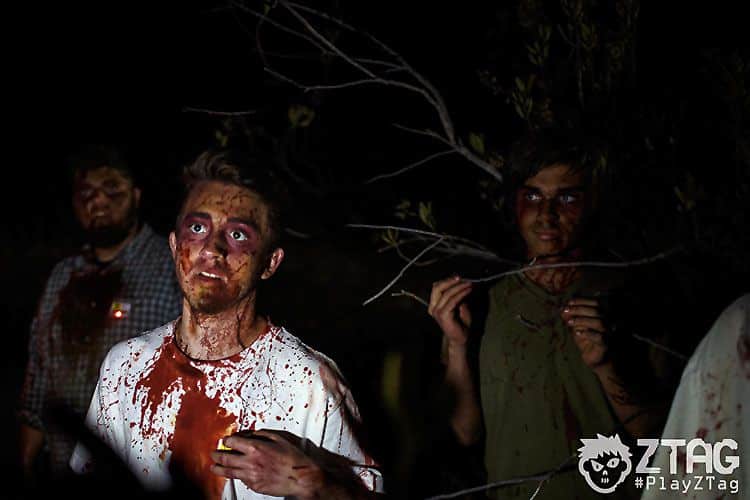
In closing, Gan shared two stories that illustrate why his company has been behind this type of technology over the past couple of years. “Three years ago, we were asked to create a zombie infection game for an event. What we created was more of a marketing tool, and we didn’t overthink it. We just wanted to make a game and get people to have fun. The game is very similar to what you did today except it’s more of a scavenger hunt. There was a gentleman who completed the mission successfully, came back to our booth and said, ‘Thank you so much. I’ve never been approached by so many women in my entire life.’ That statement had a profound impact on me; we made a simple game and didn’t realize it could have such a profound impact on social behavior.”
Gan continued, “Fast forward about three years to about two months ago. We did another game at Phoenix ComicCon, and this was in a small arena setting. There was a boy about ten years old who played for four days straight, at least five hours a day. He got good at this, and he was engaging with all the other people he was playing with and teaching them how to play. He was an awesome kid. Near the end of the event, his dad came over and mentioned his son is homeschooled due to bullying at school. The father has never seen his son so outgoing. This game enabled the boy to be the star and the hero, and created an atmosphere where he felt empowered,” said Gan.
“This is why we’ve been pushing technology that’s not a screen, doesn’t cost a lot of money, but still gets people together and engaged. Earlier, I mentioned that the purpose of technology is to support the story and the story is there to support the purpose. What is that purpose? When it comes to technology, it’s not an arms race with what people have in home entertainment, because that’s increasing at a very rapid pace. What we provide in the attractions profession that people can’t get at home is a community. You bring people together to public places and get them to connect face to face. For me, it’s not only business. There’s a much higher purpose, if not a social obligation, to help create guests who are socially, physically, and mentally healthier.”
Key Takeaways:
- True Communication is Face To Face.
“I argue that while we hear that devices are connecting us more and more, they’re separating us, human to human. If you look at social media, it’s an abstraction of who we are. We take our egos and project them into this polished-up profile, and we look at other people through the same type of distortion. When you’re communicating with someone and have this medium between you, you’re not truly communicating. True communication is face to face.” - Technology should be invisible and exist to support the story.
Technology, when it comes to interactivity, should be integral to the experience. When it’s done right, it’s invisible and there to support the story,” he noted. - Guests want a great experience with friends.
“Guests don’t know and don’t care how the technology was implemented to make this happen. They’re just there to experience that story.” - Effective does not mean expensive.
“High-cost and high-tech isn’t necessary to create the next experience. Low-tech and low-cost can sometimes still be very, very effective.” - Lean into community, not away from it.
“What we provide in the attractions profession that people can’t get at home is community. You bring people together in public places and get them to connect face to face. There’s a much higher purpose, if not a social obligation, to help create guests who are socially, physically, and mentally healthier.”
About the Speaker:
Quan Gan
Quan Gan is the Founder of Gantom Lighting & Controls, a manufacturer of specialty lighting and interactive equipment for themed attractions. Quan was inspired after being an actor in a haunted house during college years, which ultimately led him to quit his job and start the first Halloween Haunted Attraction in Mainland China with his wife, Charlie Xu. Gantom Lighting & Controls was spun off in year two when he realized the considerable niche potential for lighting small and dark spaces for theme attractions.
